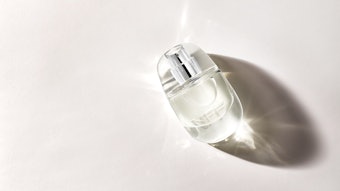The aromatherapy boom has created a strong market for the sale of essential oils, though the industry’s ingredient needs may vary from those of conventional fragrance and cosmetic manufacturers. Here, Lora Ruppert, a chemist and certified aromatherapist, discusses the aromatherapy market, its ingredient and information needs, and the market’s dynamics.
The aroma of essential oils and their complexity is what first attracted me to the study of aromatherapy, a continually growing sector of the health and beauty industry. Before I began my aromatherapy education, my impression of essential oils did not go much further than either liking the aroma of the oil or not. Also, my knowledge of the science behind aromatherapy was virtually nonexistent. I became extremely curious to learn why these essential oils were connected to their corresponding therapeutic actions.
Once I began the aromatherapy education process, I was pleasantly surprised at how much focus was placed on essential oil chemistry when formulating. Aromatherapy, I began to realize, is not just about selecting an essential oil to use because of the historic documented therapeutic actions associated with that oil, but in fact the selection process goes much deeper, by also taking the chemistry of that oil into consideration. Being a chemist, I found myself at home with my two converging passions.










